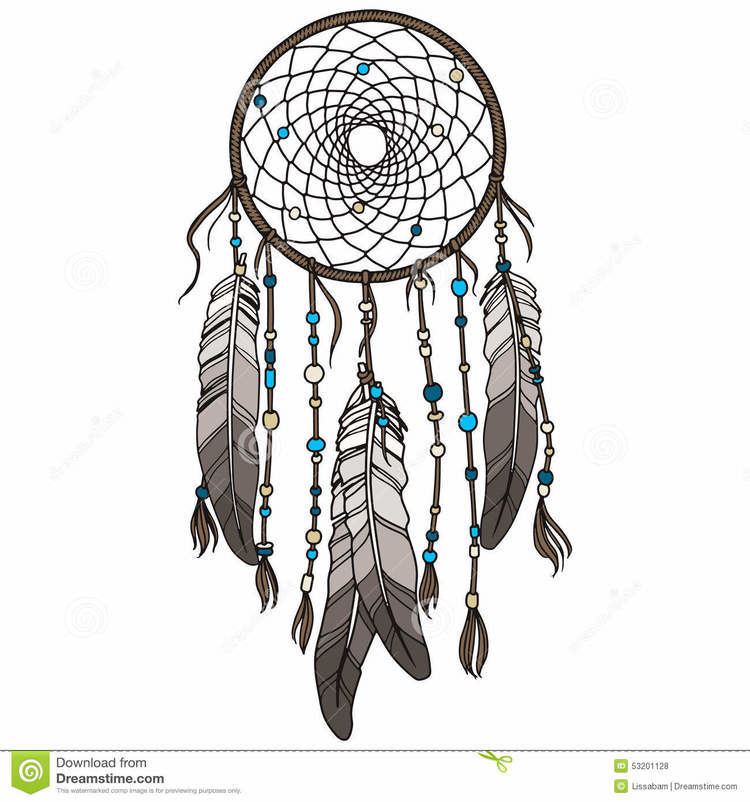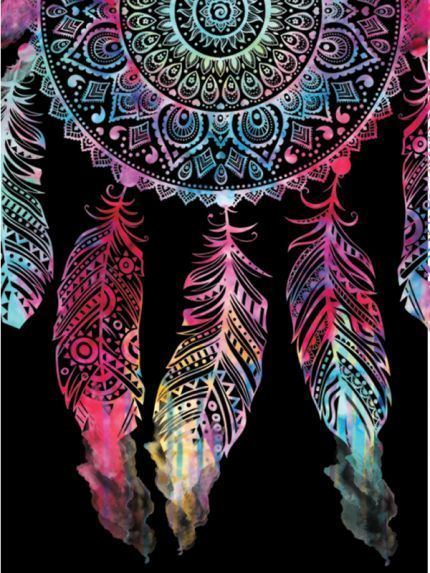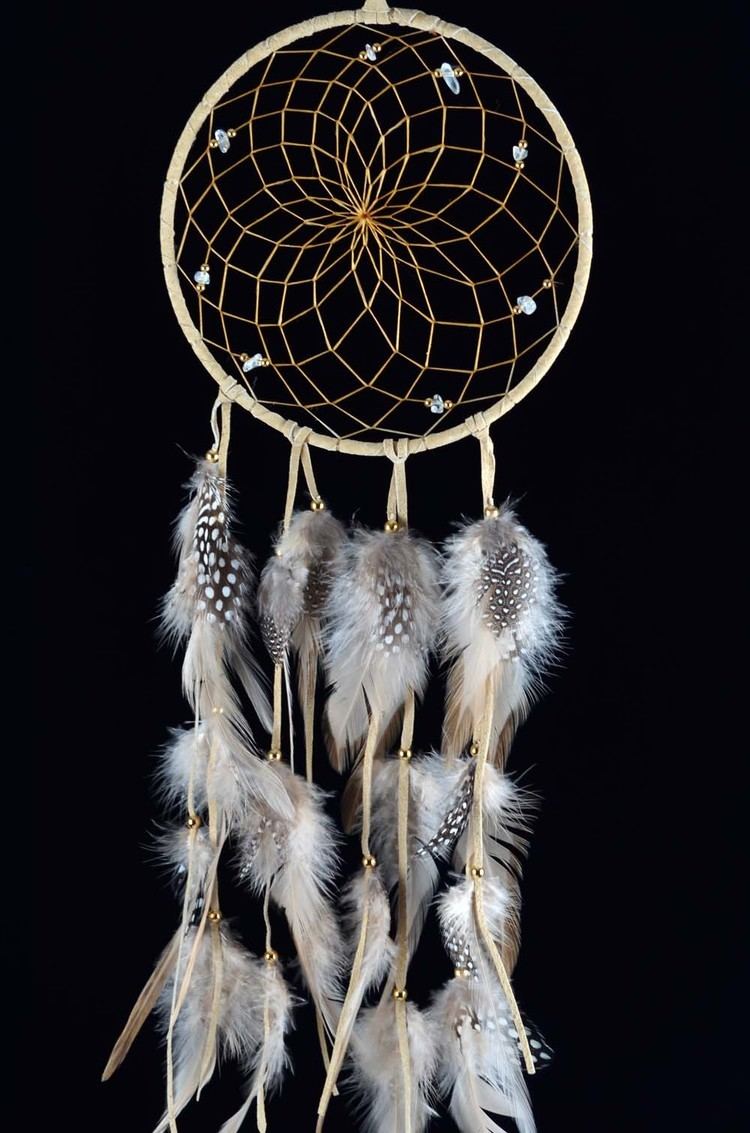 | ||
In some Native American cultures, a dreamcatcher or dream catcher (Ojibwe: asabikeshiinh, the inanimate form of the word for "spider", Lakota: iháŋbla gmunka) is a handmade willow hoop, on which is woven a net or web. The dreamcatcher may also include sacred items such as certain feathers or beads.
Contents

Dreamcatchers originated with the Ojibwe people and were gradually adopted by some neighboring nations through intermarriage and trade. It wasn't until the Pan-Indian Movement of the 1960s and 1970s that they were also adopted by Native Americans of a large number of diverse cultures. Some consider the dreamcatcher a symbol of unity among the various Indigenous Nations, and a general symbol of identification with Native American or First Nations cultures. However, many other Native Americans have come to see dreamcatchers as over-commercialized, offensively misappropriated and misused by non-Natives.
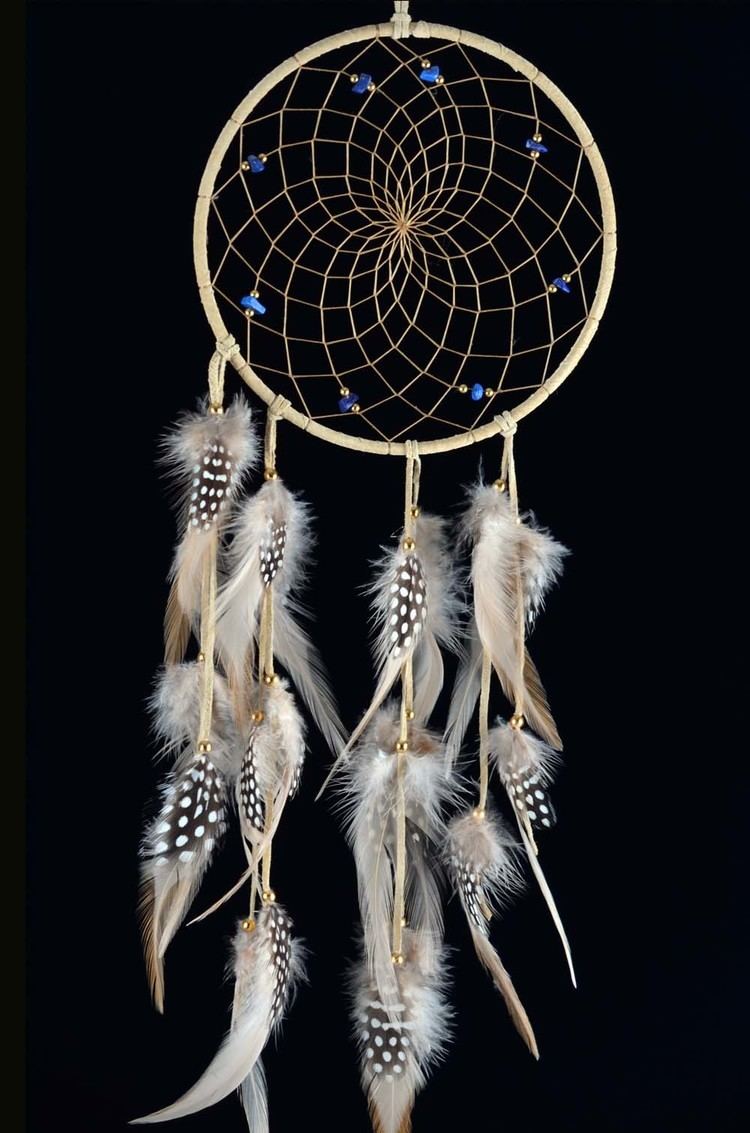
Bahramji maneesh de moor dreamcatcher
Legend and beliefs

An Ojibwe legend recounted by American ethnographer Frances Densmore says the dreamcatcher originates with Spider Woman, known as Asibikaashi; she took care of the children and the people on the land. As the Ojibwe Nation spread to the corners of North America it became difficult for Asibikaashi to reach all the children. So the mothers and grandmothers would weave magical webs for the children, using willow hoops and sinew, or cordage made from plants:
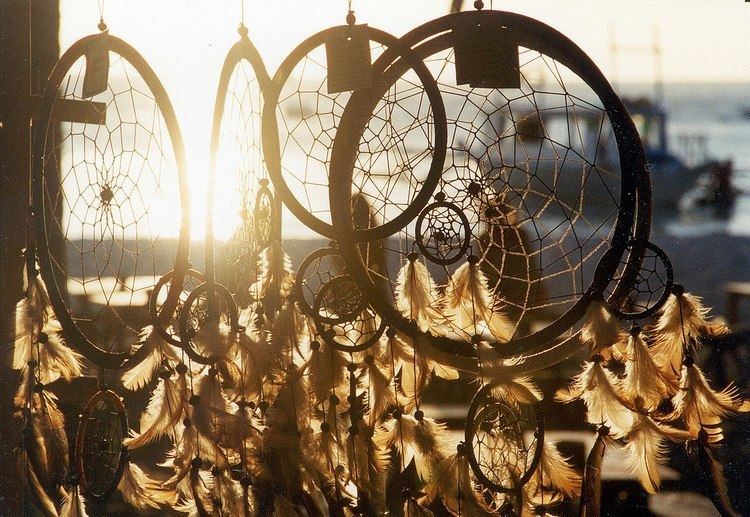
Even infants were provided with protective charms. Examples of these are the "spiderwebs" hung on the hoop of a cradle board. These articles consisted of wooden hoops about 3½ inches in diameter filled with an imitation of a spider's web made of fine yarn, usually dyed red. In old times this netting was made of nettle fiber. Two spider webs were usually hung on the hoop, and it was said that they "caught any harm that might be in the air as a spider's web catches and holds whatever comes in contact with it."
Popularization
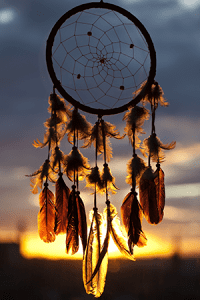
In the course of becoming popular outside of the Ojibwe Nation, and then outside of the pan-Indian communities, various types of "dreamcatchers", many of which bear little resemblance to the traditional styles, are now made, exhibited, and sold by New age groups and individuals. According to Philip Jenkins, this is considered by many traditional Native peoples and their supporters to be an undesirable form of cultural appropriation.

